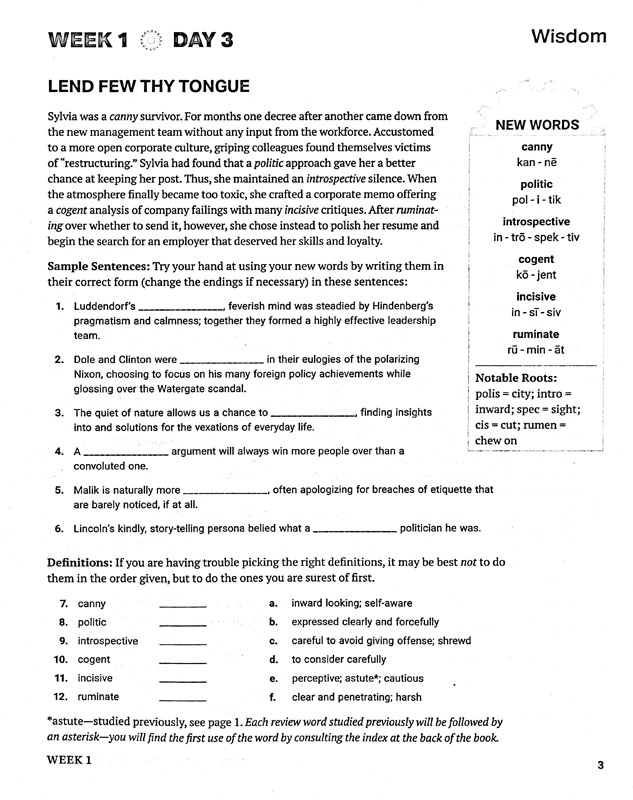

Candids with consent, made when the photographer is actively engaged with the subject and the subject is conscious of this involvement, are very different. This yields images that are more toward the objective end of the objective/subjective continuum, though there is not, of course, any photograph made by a human that is completely objective. Unobtrusive candids seek to be fly-on-the-wall images that catch people going about their business seemingly unaware of the camera and the photographer. Think about the situation you are photographing and how people are likely to act in it. Crowds rise when a batter smashes a ball that looks like it's headed for the seats. People will generally smile when they see a baby or open a present. If someone is sitting in a café he will usually look up when the waiter approaches. Predicting Relationships Within the FrameĪ great deal of people photography is understanding human nature and being aware of how people usually react in given situations. If you're paying attention, you'll sense what's about to happen. If you're going to be shooting in one situation, set the aperture and shutter speed in advance so you don't have to fiddle with them while you're shooting.

If you wait until you see it, it's too late. It's the only way you are going to be able to get pictures of it. Modern auto focus and auto exposure cameras make this easy to do as well.Īn important element in people photography is knowing your subjects well enough to be able to anticipate what they are going to do. You can also set the camera on the table with a wide-angle lens pointed at your subject and simply press the remote release when the time is right. Don't keep firing away and become a nuisance.

In most cases, people either won't notice or won't mind. As other patrons become engrossed in conversations or the paper, calmly lift the camera to your eye and make your exposure. If you are sitting at a café order some coffee and wait. Another way to be unobtrusive is to be there long enough so that people stop paying attention to you. There's a difference between being unobtrusive and unfriendly. You should be able to compose your image and get your shot before this happens. If you're using a long lens and are some distance from your subject, it will probably be a while before the people in the scene notice you. Find a place to sit or stand that gives you a good view of the scene, take up residence there, and wait for the elements to come together in a way that will make your image. Perhaps you see a stall in a market that is particularly colorful, a park bench in a beautiful setting-whatever has attracted you. The first thing, of course, is to determine what you want to photograph. There are several ways to be unobtrusive. You want the viewers of the image to feel that they are getting an unguarded, fly-on-the-wall glimpse into the scene. Many times people will see you, then ignore you because they have to concentrate on what they are doing. You don't want them to appear aware of the camera. You may want to make photographs of people going about their business-vendors in a market, a crowd at a sports event, the line at a theater. Include enough of the setting to aid your image, but not so much that the subject is lost in it. Seek balance between subject and environment.

The room in which a person lives or works, their house, the city street they walk, the place in which they seek relaxation-whatever it is, the setting provides information about people and tells us something about their lives. The settings in which you make pictures of people are important because they add to the viewer's understanding of your subject. Practice with people you know so that you are comfortable people can sense when you aren't. Tell them why you want to make the picture. It's up to you to break the ice and get them to cooperate. If you approach people in the right way, they'll usually be happy to have their picture made. Viewers can sense when a subject is small because it was supposed to be and when it's small because the photographer was too shy to get close.ĭon't be shy. Even when it is big enough to be decipherable, it usually carries little meaning. In some cases this means that the center of interest-the subject-is just a speck, too small to have any impact. The most common mistake made by photographers is that they are not physically close enough to their subjects. However near or far your subject, however intimate or distant the gaze your camera casts, you always need to keep in mind the elements of composition and the technique that will best help you communicate what you are trying to say. Either can be made with or without your subject's awareness and cooperation. People pictures fall into two categories: portraits and candid.


 0 kommentar(er)
0 kommentar(er)
